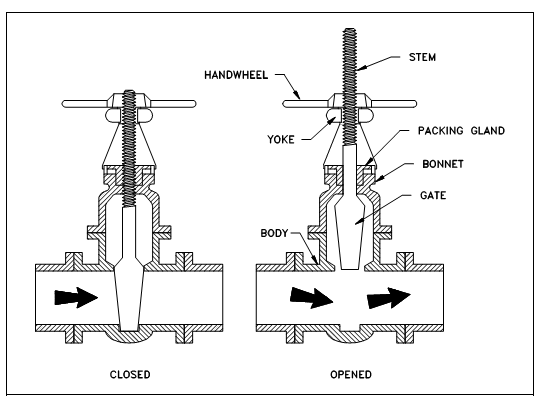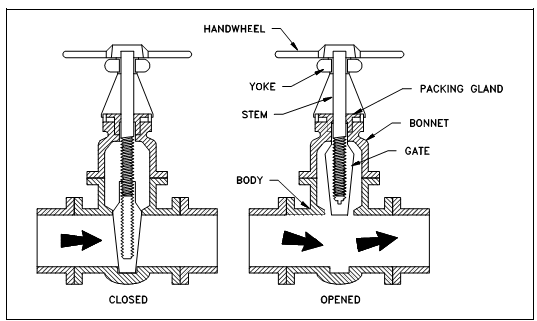Stem:
The stem, that links the actuator and disk, is responsible for positioning the disk. Stems are classically forged and linked to the disk through threaded or welded joints. For valve designs needed stem packing or sealing to avoid leakage, a fine surface end of the stem within the area of the seal is essential. Classically, a stem is not taken as a pressure boundary part.
Connection of the disk to the stem can permit some rocking or rotation to ease the positioning of the disk on the seat. In other words, the stem might be flexible sufficient to let the disk position itself against the seat. Therefore, constant fluttering or rotation of a flexible or loosely linked disk could destroy the disk or its connection to the stem.
Two categories of valve stems are rising stems and nonrising stems. Described in figures, these two categories of stems are simply distinguished through observation. For a rising stem valve, a stem will rise above the actuator as the valve is opened. This occurs since the stem is threaded and mated along with the bushing threads of a yoke which is an integral category of, or is mounted to, the bonnet.

Figure: Rising Stems

Figure: Nonrising Stems
There is no upward stem movement from outer the valve for a nonrising stem design. For the nonrising stem design a valve disk is threaded internally and mates along with the stem threads.